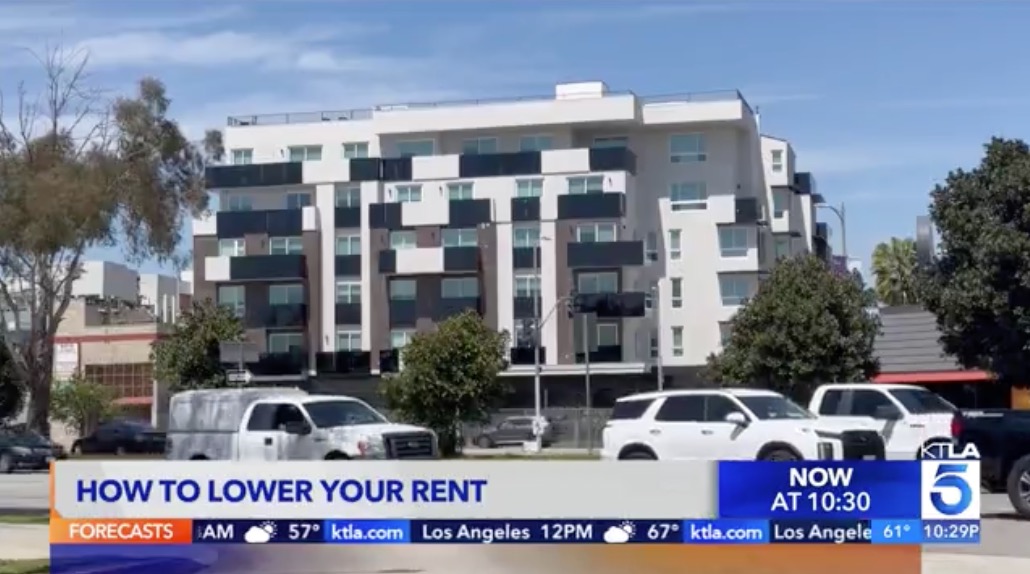For most individuals, the idea of setting up and managing a savings account begins in their early childhood. Most parents encourage their kids to set aside some money for their savings while spending the rest on whatever they like. But as these children grow up, managing a savings account becomes increasingly difficult as they have now started working and need to pay the bills.
But managing your savings account doesn’t have to be tough. Here are some practical ways you can manage your savings account effectively.
So let’s get started.
#1. Change Your Mindset About Saving
Perhaps the most critical aspect of managing your savings account is to modify your mindset about saving money. Saving money doesn’t always have to be about depriving yourself of the luxuries of life, nor does it have to be boring. Instead, saving has to be a habit. It always starts slow, but once you get used to saving, you can push yourself to deposit the same amount of money every month.
Of course, you have to be realistic about how much you can save each month by analyzing and working through your sources of income and expenses and then make smart choices for your future success. Remember, real life is tough and busy. It’s pretty easy to feel overwhelmed and say “I will make a savings deposit next time I visit the bank.” But it’s also critical for you to understand that a pattern of saving early often makes it easier for you to manage your finances over the long run.
#2. Establish Your Goals
You will find several individuals who are goal-oriented. They set up a target and then work relentlessly to accomplish their goal. If you thrive on goal-setting, you need to set a financial target. However, it is also equally important to set realistic goals. Make sure you analyze your income sources and your expenses and then set up your financial goals. Moreover, you don’t always have to start big. Set an initial saving goal of $100, and then you can gradually increase to $500 and $1,000, depending on your income and expenses.
Furthermore, each time you accomplish your goal, make sure you deposit your saved funds into your savings account promptly, so your saving continues to add value to your deposit.
You can also define your goals in terms of what you want to accomplish using your savings. Some of your saving goals may include:
- Setting up an emergency fund,
- Saving for the down payment of your new home or car,
- Saving for future child care expenses in case you are expecting an addition to your family,
- You can also ave for some fun, such as a vacation.

#3. Choose the Right Type of Savings Account
If you already have a checking account with your local bank, your bank may offer you to open a savings account. Sometimes when you open and manage multiple accounts with the same bank, you end up with a better deal on your overall banking service package. However, opening a savings account with a bank is just one of the many options you can find for depositing your savings.
Several banks are currently offering near-zero annual returns (APY), so while your deposited money is safe and liquid, you will not be earning much interest on it. Alternatively, you can put your savings in a short-term Certificate of Deposit and end up earning five times the interest of what is offered in a conventional savings account.
Another possible alternative to a savings account is an FDIC-insured savings account. When you deposit your savings in an FDIC-insured savings account, you may still get lower yields, but it offers a safe, flexible place to secure your cash savings.
#4. Increase Your Savings Allotment
If you have been saving and depositing the same amount of money every month for the last few years, it is a good idea to increase your savings allotment. It is not always necessary, but you end up with faster savings growth when you gradually increase your savings allotment. Suppose you started by saving $10 each week last year, so maybe it’s a good idea to increase the amount to $50 or $75 each month. And if you have been saving $75 each month over the last six months, how about increasing the saving amount to $100 if your budget allows?
Increasing your savings allotment doesn’t mean you have to deprive yourself of all the fun of shopping around and having the food you want. Instead, it is all about reducing wasteful spending that can free up a lot of money to save for later use.
#5. Save From All Income Sources
And while you are gradually increasing your savings, it’s also a good idea to save from all your income sources. If you get your paycheck and have a rental income, make sure you save a small chunk of money from each source of income and add it to your savings account.
#6. Avoid Tapping Savings
The money you deposit to your savings account each week or each month is indeed a part of your income, but one of the best strategies to manage your savings account is to treat your savings as inaccessible. Once you deposit the money in your savings account, avoid tapping these resources unless absolutely necessary. If you need an emergency car or home repair, you can consider taking a short-term loan to cover these types of emergency situations instead of tapping your savings.
#7. Check-in Your Savings Account Regularly
It’s best to avoid utilizing cash resources from your savings, but that doesn’t mean you don’t need to check in your savings account. Periodically check your savings account, so you have a good idea of how much you managed to save in a certain time.
With a substantial deposit in your savings account, you can enjoy better financial stability and a sense of peace of mind for years to come.
Check out our other incredible blog posts here.
Need a new rental home? Dwellsy is here to help.








